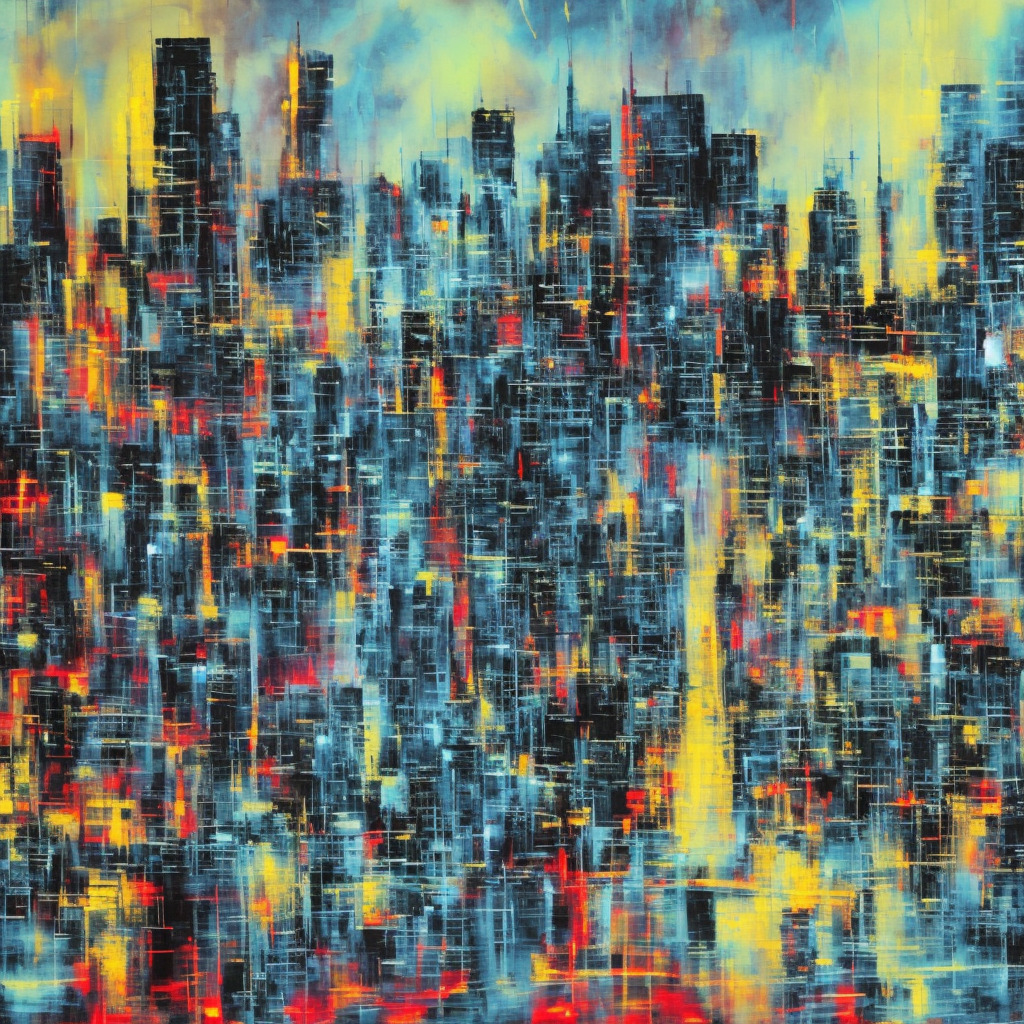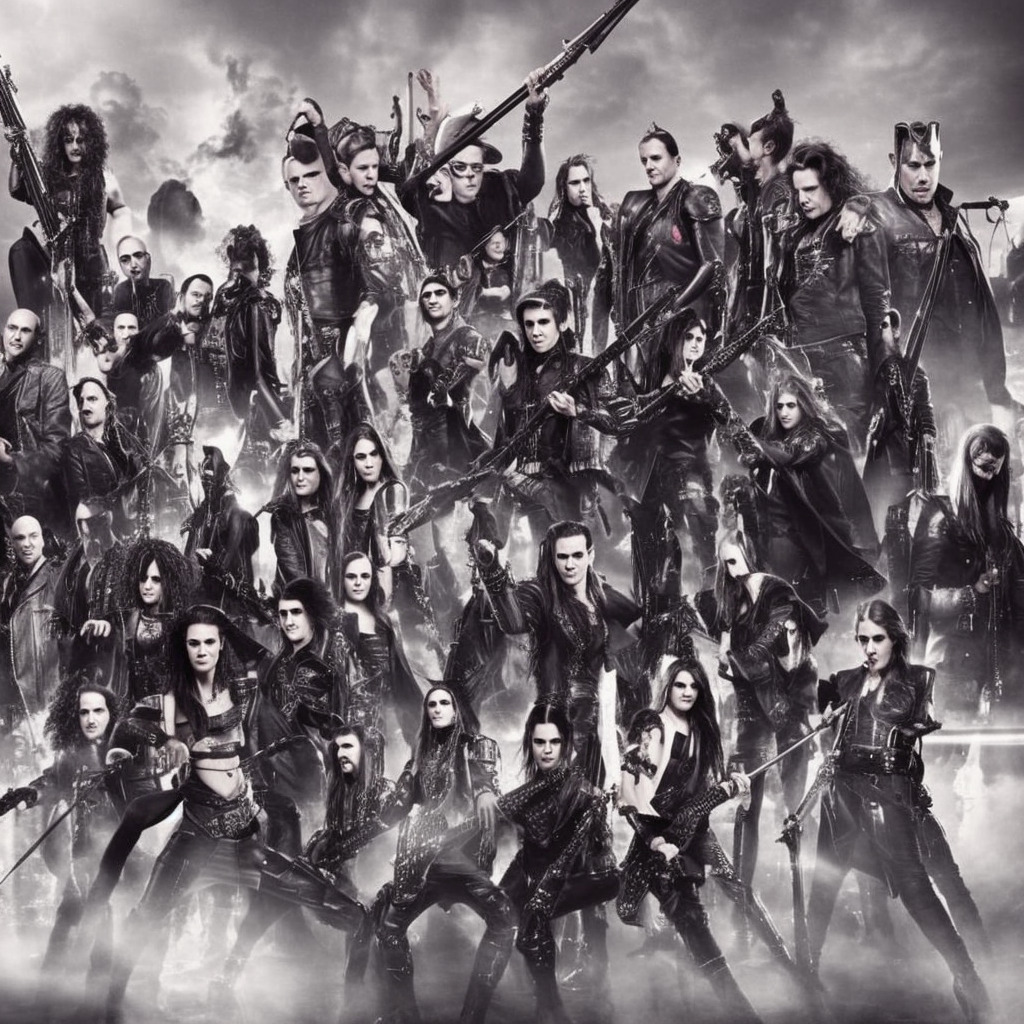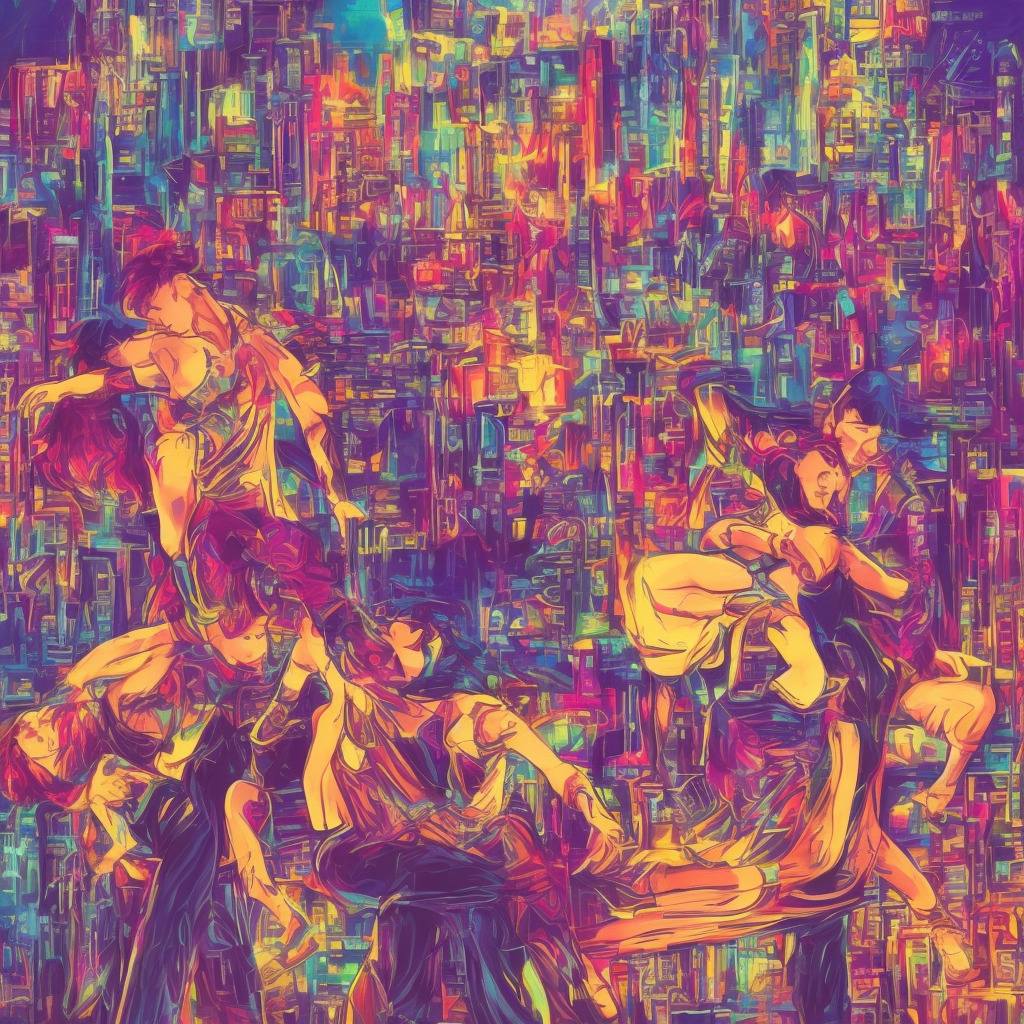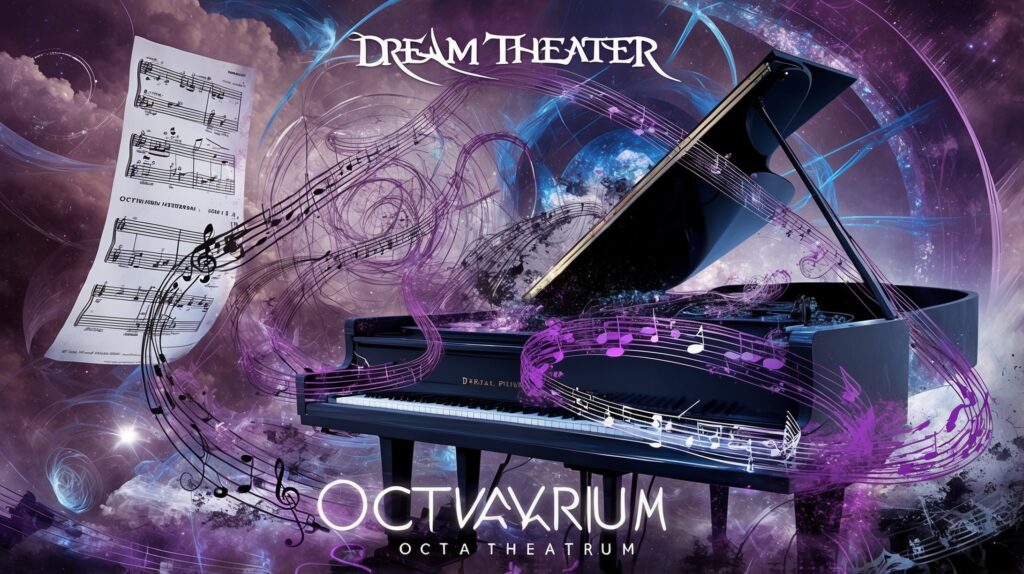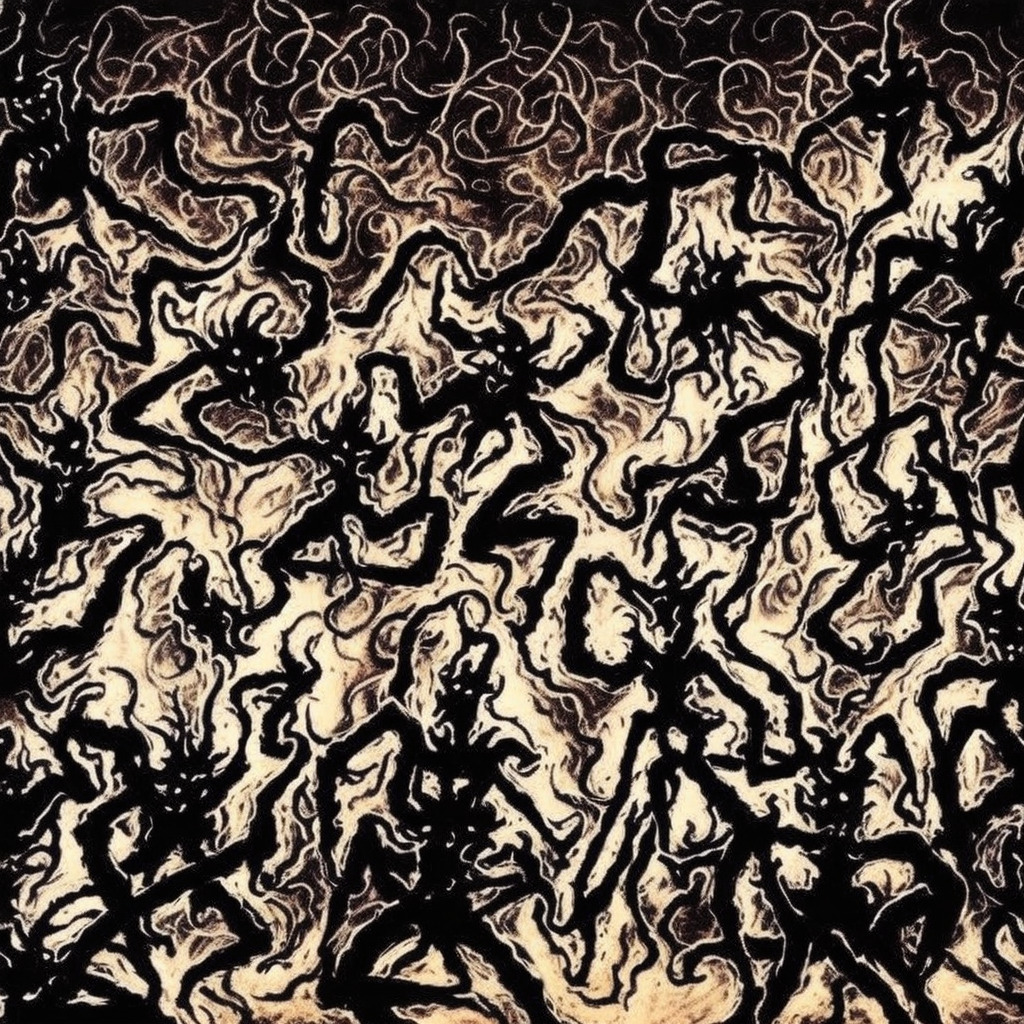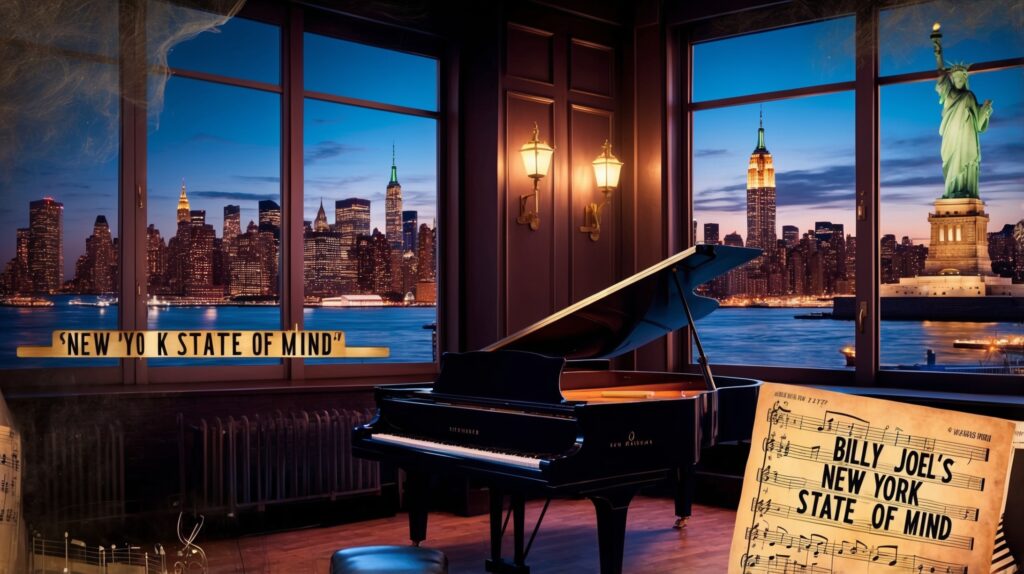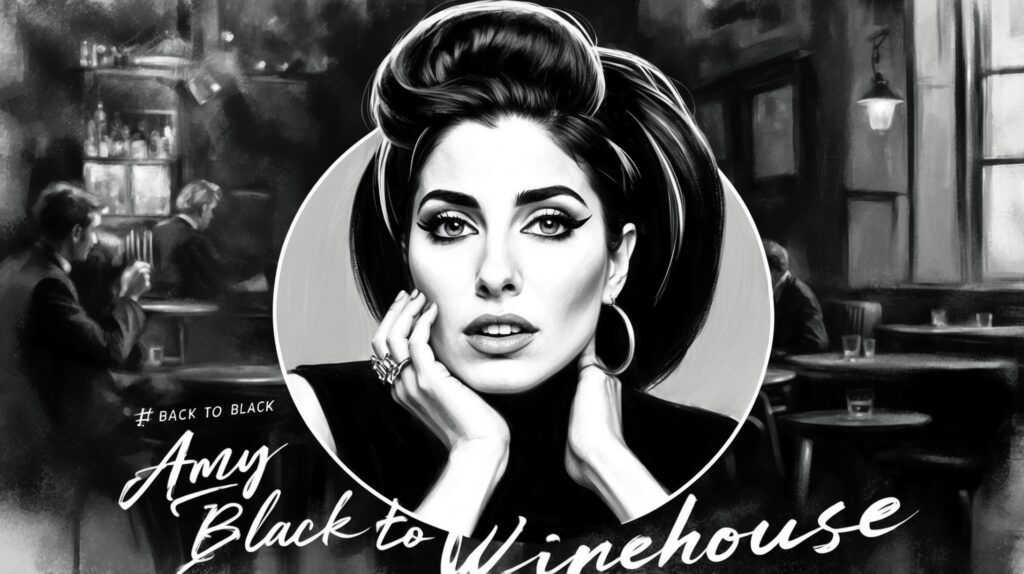🤘 Blast from the past: Did you know #DeathAngel was just a bunch of teens when they crafted the headbangin’ masterpiece “The Ultra-Violence”? 😮 Talk about young talent! 👏 Raise the horns! 🎸 #ThrashMetal #TheUltraViolence #80sMetalTrivia Read about it: tinyurl.com/ynjh3hbr
Thrashing Through Time: Death Angel’s Legacy
Decades of Devastation: Death Angel’s unyielding thrash metal legacy, from “The Ultra-Violence” to Grammy recognition.
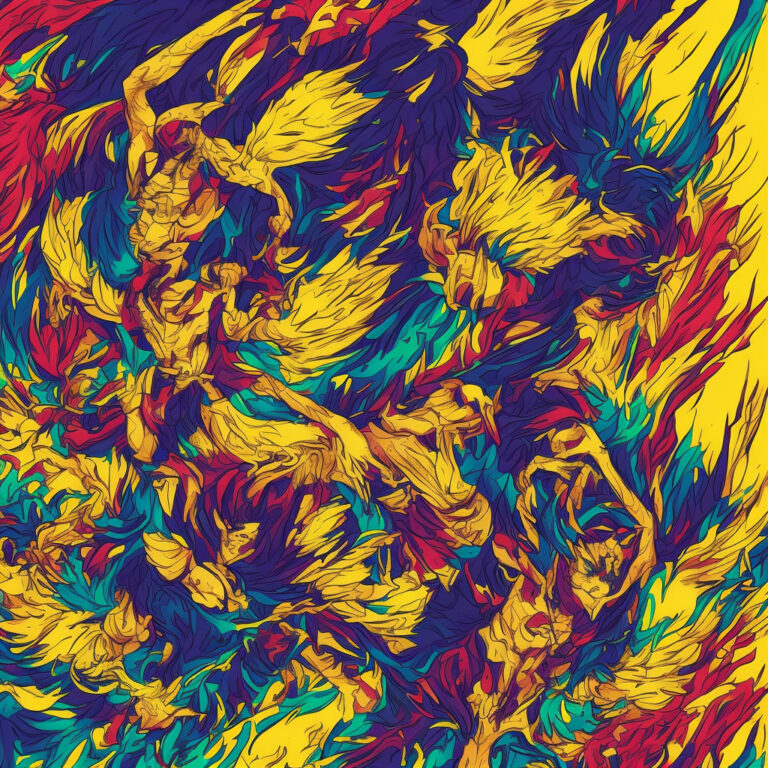
For those well-versed in the realms of thrash metal, Death Angel remains an enduring and influential presence. Hailing from California, this legendary band has been churning out headbanging tunes since the early ’80s. A notable track in their repertoire is “The Ultra-Violence,” a blistering, nine-minute instrumental that continues to enthral fans, both old and new.
Death Angel was founded in 1982 by cousins Rob Cavestany (lead guitar), Dennis Pepa (bass), Gus Pepa (rhythm guitar), and Andy Galeon (drums). Mark Osegueda (vocals) joined the group in 1984, solidifying the original lineup. Throughout their prolific career, the band has undergone several lineup changes, with Cavestany and Osegueda remaining the constant members. Despite internal changes and an extended hiatus (1991-2001), Death Angel has produced nine studio albums to date.
“The Ultra-Violence,” the title track from their debut album (1987), showcases the band’s unique blend of aggressive thrash metal, technical prowess, and melodic flair. The song’s raw power, lightning-fast riffs, and intricate solos helped establish Death Angel as a force to be reckoned with in the metal community. “The Ultra-Violence” became an instant classic and a staple in the band’s live performances.
While Death Angel has received critical acclaim throughout their career, it wasn’t until 2019 when they garnered their first Grammy nomination for Best Metal Performance with the track “Humanicide” from their ninth studio album of the same name. This recognition further cemented Death Angel’s status as a powerhouse within the thrash metal genre.
However, as with any long-standing band, there have been a few hiccups in Death Angel’s career. Their 1990 release, “Act III,” while appreciated by fans, received mixed reviews from critics who felt that the album strayed too far from their signature sound. The subsequent hiatus and constant lineup changes also led to some inconsistent output, but the band has weathered these challenges to become a stronger, more cohesive unit in recent years.
In conclusion, Death Angel’s “The Ultra-Violence” stands as a testament to the band’s enduring legacy in the world of thrash metal. Their unwavering dedication to their craft, perseverance through adversity, and recognition on prestigious platforms like the Grammy Awards are all clear signs that Death Angel’s thrashing days are far from over.
Charting the Course of a Thrash Metal Classic
Navigating the Legacy of “The Ultra-Violence”: A Thrash Metal Gem’s Journey Beyond Chart Numbers.
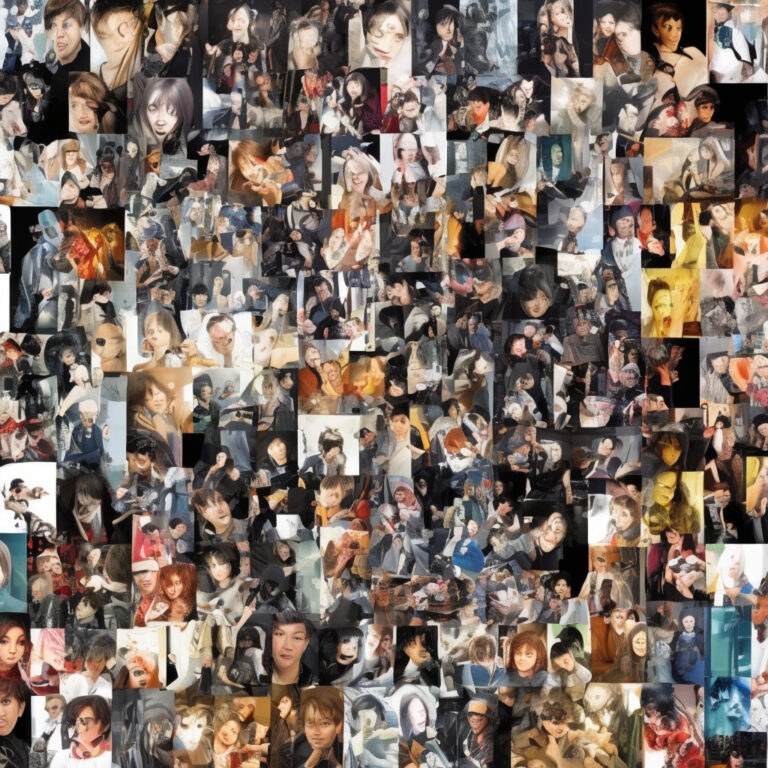
When it comes to discussing the chart success or failure of “The Ultra-Violence,” it’s essential to mention that the song, as well as the entire album of the same name, holds a special place in the hearts of thrash metal fans. Released on April 23, 1987, “The Ultra-Violence” is the opening instrumental track of Death Angel’s debut album, and while it may not have shattered any mainstream chart records, it did leave an indelible mark on the thrash metal scene.
“The Ultra-Violence” never really made a significant impact on the mainstream music charts, which isn’t surprising considering the niche appeal of the thrash metal genre, especially during the late 1980s. However, it did receive critical acclaim and appreciation from metal aficionados and publications that praised the raw energy and innovative songwriting that Death Angel brought to the table.
The album itself, “The Ultra-Violence,” managed to peak at number 23 on the UK Rock & Metal Albums Chart, which is quite an impressive feat for a band as young as they were at the time. While no specific chart data exists solely for the song “The Ultra-Violence,” it played a crucial role in boosting the album’s popularity and overall chart performance.
As an interesting piece of chart trivia, Death Angel has managed to maintain a consistent presence in the metal scene over the years, despite lineup changes and a hiatus during the late ’90s and early 2000s. In fact, the band’s later albums, such as “The Evil Divide” (2016) and “Humanicide” (2019), have been able to secure higher chart positions than their debut, reaching numbers 98 and 105 respectively on the Billboard 200 Chart. This demonstrates that the legacy of “The Ultra-Violence” continues to impact and inspire the band’s music, as well as the thrash metal community as a whole.
In conclusion, while “The Ultra-Violence” may not have achieved mainstream chart success, its influence on the thrash metal genre and its role in Death Angel’s debut cannot be understated. The song, and the album from which it hails, have etched their names into the annals of metal history and continue to be celebrated by fans and newcomers alike.
Unraveling the Lyrical Depths
Interestingly enough, “The Ultra-Violence” by Death Angel is an instrumental song, which means it doesn’t have any lyrics. However, that doesn’t mean we can’t dive into the melody and explore its connection to the spirit of the time and the events of the era the song was written in.
“The Ultra-Violence” was released in 1987 on Death Angel’s debut album of the same name. At the time, the thrash metal scene was blossoming and gaining traction in the music world. Bands like Metallica, Slayer, and Megadeth were revolutionizing the genre, and Death Angel was right in the mix, solidifying their unique sound.
The melody of “The Ultra-Violence” captures the essence of the late ’80s thrash metal movement. The song is a 10-minute instrumental powerhouse, filled with fast-paced guitar riffs, pounding drums, and a relentless energy that keeps listeners engaged throughout. It showcases the technical prowess of the band, as well as their ability to create a dark, atmospheric soundscape that still manages to be accessible and engaging.
Though there are no lyrics in the song, the title “The Ultra-Violence” might be a nod to the 1962 novel “A Clockwork Orange” by Anthony Burgess, which was later adapted into a film directed by Stanley Kubrick. The novel and film both explore themes of societal decay, violence, and the consequences of unchecked aggression, which were mirrored in the chaotic and turbulent social landscape of the mid-to-late 1980s.
In conclusion, “The Ultra-Violence” serves as a prime example of how instrumental music can still pack a punch and convey the spirit of the time, without relying on lyrics. It’s a testament to Death Angel’s musical prowess and their ability to capture the essence of the thrash metal movement in the late ’80s.
The Ultra-Violence: A Dive Into the Music Video
Diving into the fan-fueled underworld of Death Angel’s “The Ultra-Violence,” where creative visuals and skillful covers keep the thrash-metal classic alive and shredding.
While Death Angel’s thrash-metal anthem “The Ultra-Violence” never had an official music video, the song certainly hasn’t been forgotten by fans. As is often the case with tracks that don’t have a visual accompaniment created by the artist, the internet has stepped in to fill the void with creative fan-made videos and YouTube tributes that offer a glimpse into the minds of those who love this classic tune.
One notable fan-made video piece that has gained traction among the Death Angel fan community is a well-produced compilation of live footage from various concerts. This video showcases the band’s raw energy and stage presence while giving us a taste of what it’s like to experience “The Ultra-Violence” in a live setting. The video perfectly captures the song’s intensity, utilizing rapid cuts between different performances, and zooming in on the band members as they shred their instruments and pour their souls into the music.
Another interesting fan-made video is an homage to the film “A Clockwork Orange,” which was a clear inspiration for the song’s title and theme. This video cleverly syncs various scenes from the movie to the track, allowing the viewer to appreciate the parallels between the brutal, dystopian world of “A Clockwork Orange” and the sonic aggression of Death Angel’s “The Ultra-Violence.” It’s a fitting tribute that speaks to the power of fan creativity in the absence of an official visual representation.
In addition to fan videos, YouTube is also home to numerous guitar and drum cover videos that highlight the technical prowess and skill required to play “The Ultra-Violence.” These covers showcase fans’ dedication and passion for the song, as well as their impressive musical abilities. Among them, some standout performances include a blistering guitar cover by YouTube user “metalrr5” and a tight, thunderous drum cover by “Josh Steffen.”
While it’s unfortunate that “The Ultra-Violence” never received an official music video, the sheer volume of fan-created content speaks to the lasting impact of the song and Death Angel’s music as a whole. The internet has provided a platform for fans to express their love and admiration for this thrash-metal classic, resulting in an ever-expanding universe of unique and imaginative interpretations of “The Ultra-Violence.”
The Mastermind Behind “The Ultra-Violence”
Rob Cavestany, the lead guitarist, and primary songwriter for Death Angel is the creative force behind the iconic song “The Ultra-Violence.” With his exceptional technical skills and unique compositional approach, Cavestany has managed to create some of the band’s most memorable tracks. Among these notable songs is the adrenaline-pumping classic “Seemingly Endless Time,” which showcases his ability to seamlessly blend intense riffs with dynamic song structures. Another standout track, “A Room with a View,” highlights Cavestany’s versatility as a songwriter, as it showcases a more melodic and emotional side of the band. His distinct talent for capturing various moods and styles in his compositions has undoubtedly cemented his legacy as a pillar of the thrash metal genre.
Accolades, Media Appearances, and Notable Cover Versions
Thrash metal classic “The Ultra-Violence” continues to impact generations of musicians through media appearances and inspired cover versions, solidifying its cult status in the heavy metal community.
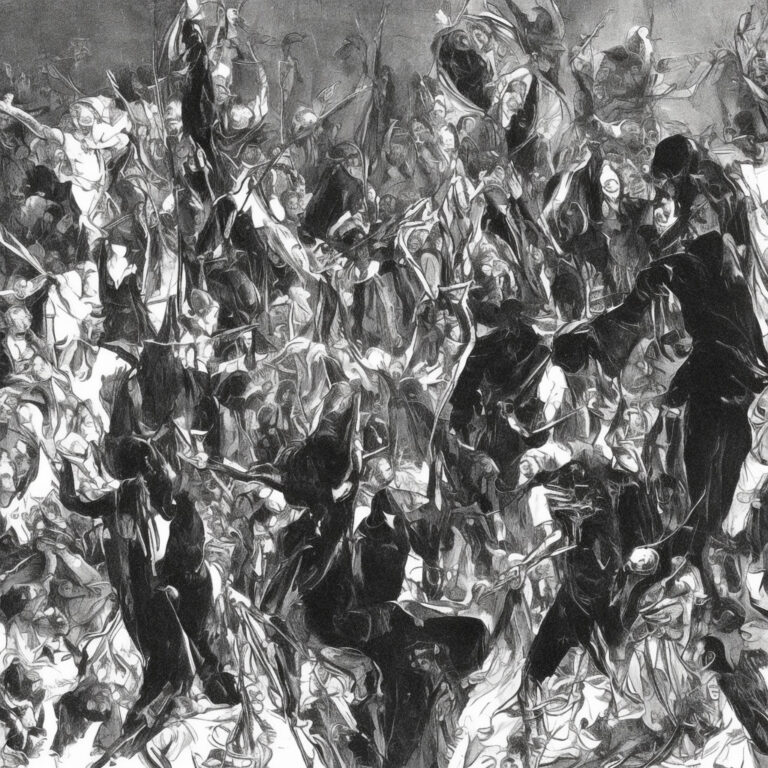
Over the years, “The Ultra-Violence” has received significant recognition and acclaim within the thrash metal community. While it didn’t win any major awards or chart-topping positions, it has undoubtedly cemented its place as a classic track amongst fans and critics alike. The song’s dark and aggressive nature has resonated with listeners, earning it a cult following and various nods from music publications.
In terms of media appearances, “The Ultra-Violence” has had a few noteworthy moments. Although it hasn’t graced the soundtracks of any big blockbuster movies, it has managed to find its way into several TV shows and video games, further cementing its status as a beloved track in the world of heavy metal. For instance, the song was featured in an episode of the popular animated series “Metalocalypse”, giving it a more mainstream exposure to audiences who may not have been familiar with Death Angel’s work.
One standout inclusion of the song in gaming was in 2008, when it popped up on the soundtrack of the massive action-adventure game, “Saints Row 2”. This provided the song with a wider audience, as gamers experienced its raw energy while navigating the game’s open-world environment. As a result, “The Ultra-Violence” has become somewhat synonymous with the gaming community, providing a fitting backdrop for intense gameplay action.
Although “The Ultra-Violence” hasn’t been covered as frequently as other songs from the era, there have been some notable tribute versions created by fellow metal bands. One such cover that garnered attention was by German thrash metal group, Paradox, which was included on their 2000 album “Collision Course”. This cover version paid homage to the original while adding the band’s own unique flair to it.
Additionally, a few up-and-coming metal outfits have taken inspiration from “The Ultra-Violence” and performed their own renditions of the song during live sets, showcasing the lasting impact the track has had on subsequent generations of musicians.
In summary, “The Ultra-Violence” may not have received significant awards or accolades, but it remains a classic and revered track within the thrash metal community. Its inclusion in various media formats, along with the cover versions created by other bands, showcases the song’s enduring legacy and influence on the heavy metal genre.
Diving into the Musical Depths
As we delve into the technicalities of “The Ultra-Violence,” one cannot help but appreciate the intricacies involved in crafting such a rousing masterpiece. The song is written in E minor, a key that perfectly suits Death Angel’s aggressive and somber sound. The choice of this key creates a dark and brooding atmosphere, which is further amplified by the chord progressions and tempo structures employed throughout the track.
The song kicks off with a haunting, yet captivating, intro that features a series of arpeggiated chords, followed by a swift 16th-note triplet run. This section showcases the band’s prowess in utilizing unconventional techniques to create memorable guitar passages. The tempo of the intro is relatively moderate, allowing the listener to ease into the chaos that awaits.
As the track progresses, the tempo picks up, transitioning into a fast-paced gallop that drives the verses. The chord progressions in the verses primarily revolve around power chords, utilizing the E5, G5, and A5 chords to maintain the sinister tonality established in the intro. The dexterous guitar work is complemented by the pounding drums, which maintain a steady double-time rhythm that adds to the overall intensity of the song.
The chorus of “The Ultra-Violence” brings forth a shift in tempo and dynamics, as the band opts for a slightly slower pace and a more melodic approach. The chords in the chorus include B5, C5, and D5, which bring a sense of resolution to the tension created by the verses. The vocal melody is also more prominent in this section, providing a contrast to the aggressive instrumental backdrop.
One of the standout moments of the song is the instrumental bridge, which boasts a series of intricate guitar solos and a tempo change that keeps the listener engaged. The solos are played in the E harmonic minor scale, adding a touch of exoticism to the mix. The tempo of the bridge gradually increases, culminating in a frenetic climax that showcases the band’s technical abilities and tight musicianship.
Another noteworthy aspect of “The Ultra-Violence” is the use of unconventional time signatures, which adds a layer of complexity to the song’s structure. The band seamlessly switches between 4/4, 6/8, and 7/8, displaying their adaptability and mastery of various rhythmic patterns.
In conclusion, “The Ultra-Violence” is a testament to Death Angel’s musical prowess, as it features a blend of intricate guitar work, tempo changes, and unconventional time signatures that create a dynamic and intense listening experience. The band’s choice of key, chords, and scales further contribute to the song’s dark and brooding atmosphere, making it a standout track in their discography.

